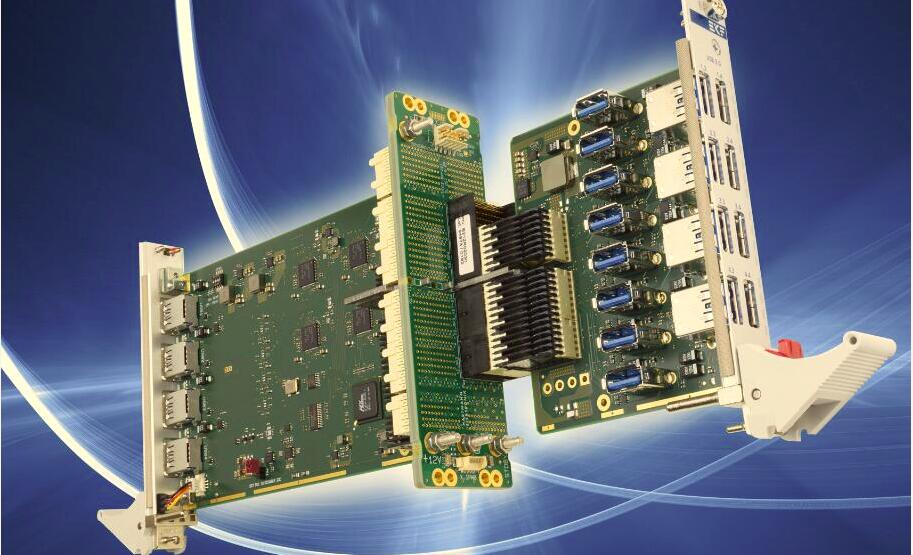PCB board is the basic electronic component of all electronic circuit design.
Carrying all the devices that make up the circuit. The function of PCB is not only to combine scattered components, but also.
It ensures the regularity of the circuit design and avoids the confusion and errors caused by manual wiring and wiring. the article is posted by Mr.Xiao Wei, Director of Topscom Pcb Layout Design Department,China Topscom provide professional Pcb boards layout design, pcb assembly, full turnkey systems integration box build assembly, contract manufacturing, Pcba, electronics manufacturing

Elephant.
In this paper, the five key points of PCB circuit board in power supply design are introduced in detail.
1. It is necessary to have a reasonable trend.
Such as input / output, AC / DC, strong / weak signal, high frequency / low frequency, high voltage / low voltage, etc. Their direction.
It should be linear (or separated) and should not blend with each other. The aim is to prevent mutual interference.
The best trend is to press the straight line, but it is generally not easy to achieve, and the most disadvantageous direction is the ring. Fortunately, it is possible.
Improve by setting up isolation. For DC, small signal, low voltage PCB design requirements can be lower.
So rationality is relative.
Choose a good location: the location is often the most important.
I do not know how many engineers and technicians have discussed it, which shows its importance.
In general, common ground is required, for example, multiple ground wires of the forward amplifier should be converged and then connected to the trunk ground.
Wait.
In reality, it is difficult to achieve it completely due to various restrictions, but you should try your best to follow it. In practice, this problem is.
Quite flexible, everyone has their own solution, if you can solve it for a specific circuit board.
Interpretation is easy to understand. the article is posted by Mr.Xiao Wei, Director of Topscom Pcb Layout Design Department,China Topscom provide professional Pcb boards layout design,pcb assembly and manufacturing,full turnkey systems integration box build assembly,contract electronic manufacturing service.
Reasonable arrangement of power filter / decoupling capacitor.
Generally speaking, only a number of power filter / decoupling capacitors are drawn in the schematic, but they are not indicated where they should be connected.
Where. In fact, these capacitors are set for switching devices (gate circuits) or other components that need filtering / decoupling.
The arrangement of these capacitors should be as close to these components as possible, and it will not work if they are too far away. The interesting thing is,
When the power filter / decoupling capacitor is arranged reasonably, the problem of grounding is not so obvious.
4. The diameter of the line requires the proper size of the buried hole.
The wire that can be widened will never be thin; the high-voltage and high-frequency lines should be slippery and should not have sharp chamfers and corners.
Right angles are not allowed. The ground wire should be as wide as possible, and it is best to use a large area of copper, which has a considerable problem of docking location.
A big improvement. The size of the pad or through hole is too small, or the size of the pad does not match the size of the drill hole. The former pair.
Manual drilling is disadvantageous, and the latter is disadvantageous to NC drilling. It is easy to drill the pad into a c-shape, but if it is heavy, it will be drilled off.
The wire is too thin, and the large unrouted area is not covered with copper, which is easy to cause uneven corrosion. Namely.
When the unwired area is corroded, the thin wire is likely to be overcorroded, either unbroken or completely broken. Place.
Therefore, the function of setting copper coating is not only to increase the area of ground wire and anti-interference.
Number of through holes solder joint and linear density.
Some problems are not easy to find in the early stages of circuit production, and they tend to emerge at a later stage.
For example, if there are too many wire holes, the copper sinking process will bury hidden dangers if there is a slight carelessness. Therefore, the design should be reduced as much as possible.
Through the thread hole.
The parallel lines in the same direction are so dense that they can be easily joined together during welding. Therefore, the linear density should be visual welding.
To determine the level of craftsmanship. The distance of the solder joint is too small, which is not conducive to manual welding, and can only be solved by reducing the work efficiency.
Determine the welding quality. Otherwise, it will leave a hidden danger. Therefore, welding should be taken into account in determining the minimum distance of solder joints.
The quality and efficiency of personnel.
If you can fully understand and master the above PCB board design considerations, you will be able to do so to a great extent.
Improve design efficiency and product quality. Correcting existing mistakes in production will save a lot of time.
Between and cost, save rework time and material input.
Hello, welcome to visit our official website!
+86 13502814037 (What's up)sales@topscompcbassembly.com
Turnkey Pcba Assembly & Contract Electronic OEM Manufacturing Provider


